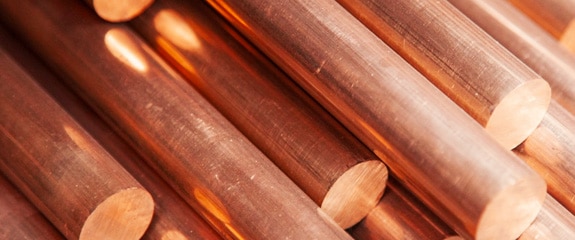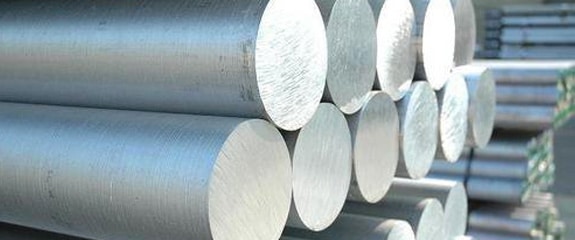Molded Pulp Fiber Mesh Specifications: Wire Alloy
As more companies switch to more sustainable operations, modeled pulp fiber products have grown in popularity. It allows old newspapers, old paper products, and paper products that were rejected during manufacturing to be recycled, further feeding into the green initiative.
Now, an integral element needed to form molded pulp fiber goods is the wire mesh screens that are used. Wire mesh is a popular material in the industry as it can be fully customized including the alloy of the weave.
That said, what alloy makes sense for you?
W.S. Tyler has been weaving woven wire mesh solutions for over 140 years, and we understand the importance of having a tailor-made experience.
To help, we wrote the following article to highlight the alloy that will work best for you and will cover:
- What molded pulp fiber is
- The role wire mesh plays during the molded pulp fiber process
- The alloys you should consider
What Is Molded Pulp Fiber?
Molded pulp fiber are goods fabricated from fibers of various sources that are combined with warm water and either virgin or recycled pulp. This slurry is then pressed to form products such as cups, plates, and egg cartons.
These fibers generally come from sugarcane, corn straw, or bamboo. In fact, 14% of the industry uses corn straw, 21% uses bamboo, 44% uses sugarcane, and 5% uses other sources.
The Importance of Wire Mesh Molding
When forming molded pulp fiber, metallic molds are dipped into the slurry, and a vacuum is created to trap the necessary amount to develop the desired product. After resurfacing, the vacuum extrudes any water, leaving only the pulp in the mold.
This pulp then gets heated to 240 C (464 F) while also being subjected to pressure up to 50 psi.
Woven wire mesh is often layered on top of the molds to help facilitate a uniform vacuum, pressure, and heat distribution. It is critical to use an appropriate alloy, as it helps control the heat that dictates whether the finish is smooth like a paper plate or coarse like an egg carton.
What Alloys Should I Use?
Woven wire mesh is typically made from a 300 series stainless steel, specifically 304 or 316. But you may find that you require an alloy that better conducts and distributes heat to enhance your operation.
If this is the case, copper, brass, or aluminum can also be used to weave wire mesh.
Copper

Copper is widely known and used for its heat and electricity conductivity. But it is also known for its poor resistance to cyanides, halogenides, and ammonia, as well as its low tensile strength.
Having said that, there is a favorable resistance to corrosive elements that should be noted.
Aluminum

Aluminum is a relatively lightweight alloy that has a known resistance to corrosion. While it can be used to distribute heat when molding pulp fiber, the fact that it falls on the weaker side of the spectrum of alloys used to weave mesh can't be ignored.
Brass
W.S. Tyler's special composition brass is a blend of 85% copper and 15% zinc, which allows it to deliver non-rusting capabilities. The inclusion of copper allows this particular alloy to retain and distribute heat in a similar fashion as copper.
Get To Know Pricing Before Making a Decision
Woven wire mesh is a critical element to the molded pulp fiber process. As it is incredibly customizable, fine-tuning specifications such as the alloy of the mesh ultimately affect the quality of the final product.
No matter what material you are looking into, in most cases, the price is the deciding factor on whether or not you integrate it into your process. This is why it's essential to understand how the specifications you choose affect the overall cost of woven wire mesh.
W.S. Tyler wants you to be confident in your wire mesh. This is why we strive to be as transparent as possible, so you truly understand what to expect.
With that, to learn more about the cost of woven wire mesh, read the following article:
About Ronnie Brown
Ronnie is the Content Writer for W.S. Tyler and has four years of experience as a professional writer. He strives to expand his knowledge on all things particle analysis and woven wire mesh to leverage his exceptional writing and graphic design skills, creating a one-of-a-kind experience for customers.




